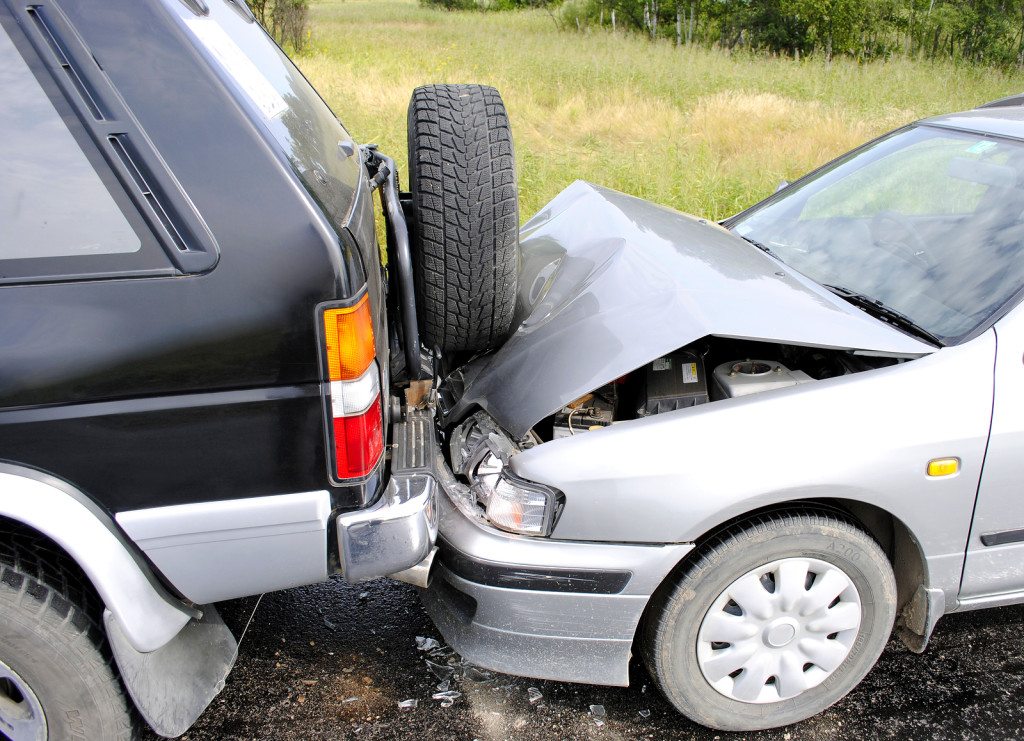Along with seatbelts, airbags are one of the most important safety features in any vehicle. Whether you drive a compact car, a family SUV, a pickup truck, or a sporty convertible, your airbag is a key line of defense against serious car accident injuries. But just how well do airbags really work? Philadelphia car accident lawyer Brent Wieand examines the latest PennDOT data to determine how often airbags successfully prevented fatalities from crashes and collisions in Pennsylvania last year.

Every year, the Pennsylvania Department of Transportation (PennDOT) releases a statistical report on crash factors in Pennsylvania auto accidents. These reports, which follow the same format from year to year, include detailed sections on issues like drunk driving accidents, weather conditions, speeding, and – as I will be focusing on in this article – the efficacy of safety restraints like airbags and seatbelts.
According to the most recent available PennDOT accident report, a total of 127,127 crashes occurred in Pennsylvania in 2015. Exactly 1,200 people were killed as a result, while 82,004 people were injured. Almost 40% of all traffic-related fatalities occurred as a result of a car striking a fixed object, like a tree or telephone pole.
When a vehicle impacts a fixed object, or collides with another vehicle, airbags are supposed to automatically deploy, cushioning the occupants inside. Airbags should deploy in crashes that occur at speeds of eight to 14 miles per hour when striking a fixed barrier (like a fence), which, according to the National Highway Traffic Safety Administration, is “equivalent to striking a parked car of similar size at about 16 to 28 mph or higher.”
The question is, how greatly is the risk reduced?
As you will see in just a moment, the answer depends largely on whether the occupant was also wearing their seatbelt, which is ultimately the most effective way to reduce the risk of injury. In the event that an airbag is missing, or fails to deploy, a seatbelt can be the difference between survival and wrongful death.
Even if the airbag deploys as intended, wearing a seatbelt still increases the odds of survival, and decreases the odds of sustaining catastrophic or fatal injuries. As PennDOT noted in its report, “In crashes that are severe enough to deploy an airbag… the data… shows that you are 11 times more likely to die if you are not wearing a seat belt (7.0 deaths vs. 0.7 deaths per 100 crashes).” This data is presented below.
Based on this data from a car accident lawyer in Philadelphia, PA, it would seem as though your likelihood of escaping a crash uninjured is greatest when your airbag does not deploy (assuming you are wearing a seatbelt). However, that is likely due to the fact that airbags do not deploy in low-speed accidents, which are inherently less likely to produce injuries.
Also misleading is the statistic that fewer injuries occurred without seatbelt use (when airbags deployed). This is likely due to the fact that most people wear seatbelts – not that seatbelts are useless or inherently dangerous. Among all of the people involved in Pennsylvania traffic crashes in 2015, only 6.4% did not wear their seatbelts. Even when airbags did not deploy, over 66,000 people escaped injury thanks to seatbelt use.

If your car was manufactured during the past two decades, it is likely, though not guaranteed, to feature airbags. First developed during the 1940s, airbags for drivers and front-seat passengers have been a required feature of all U.S. passenger vehicles since 1998.
You can find out whether your vehicle has airbags by:
Unfortunately, side-impact airbags (SABs) are not currently required by federal standards, which means they may be absent from many models – as a Philadelphia car accident lawyer knows well. If you are purchasing a new car soon, be sure to ask about having SABs installed.
While airbags are a beneficial safety feature, they can also cause more problems than they solve when compromised by dangerous defects, such as the defect that can cause Takata airbags to explode and propel shrapnel at drivers and passengers. If you were injured by a defective airbag in Philadelphia or other parts of Pennsylvania, Philadelphia product liability attorney Brent Wieand may be able to help you recover compensation. Brent also assists crash victims with car accident claims arising from driving errors, like speeding or running a red light.
If you were hurt in an automotive accident, call Brent as soon as possible at (888) 789-3161 to set up a free legal consultation. Brent also serves Pennsylvania residents as a Philadelphia truck accident lawyer.
*Disclaimer: This article is for informational purposes. It is not legal advice and should not be used as legal advice. The Wieand Law Firm, LLC is based in Philadelphia, PA, and proud to serve clients throughout Pennsylvania and New Jersey.*